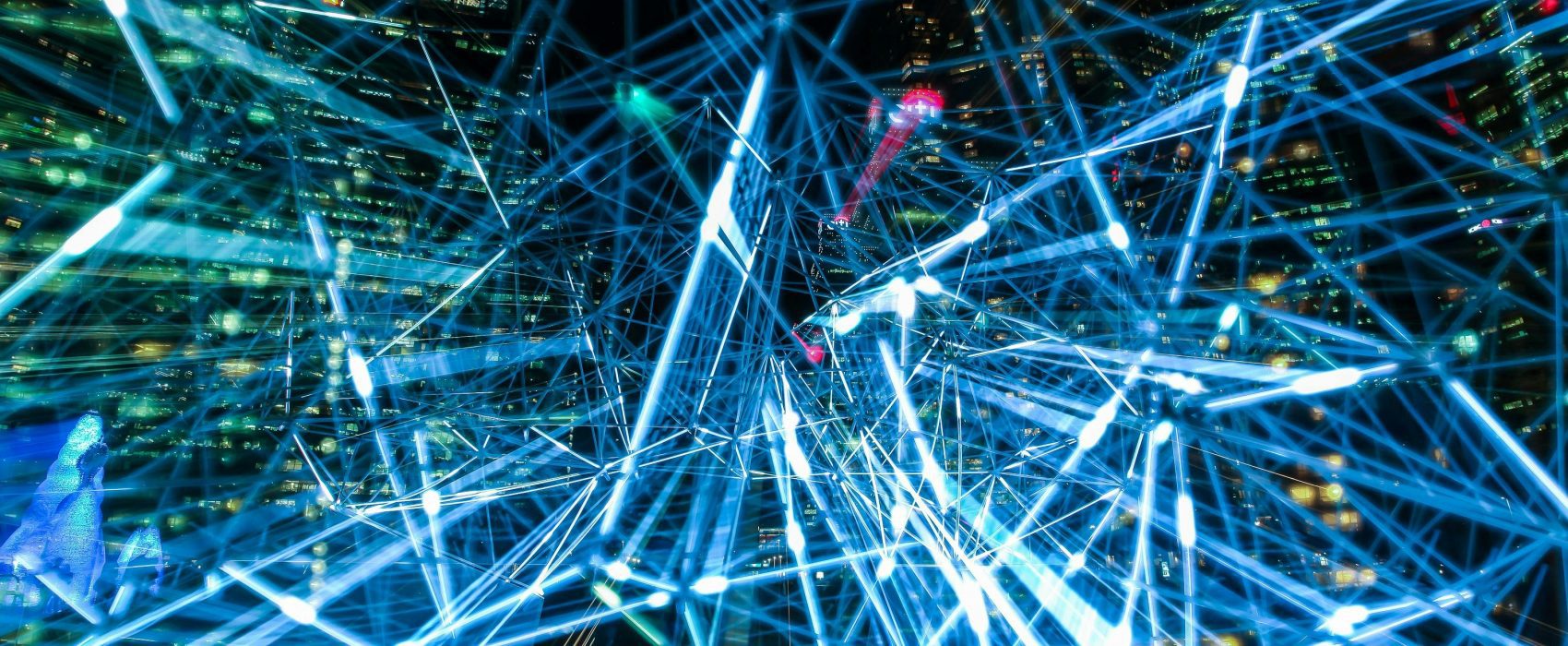AI’s Cultural Conundrum: Enhancing AI with Cultural Diversity
As artificial intelligence (AI) continues to intertwine with the fabric of our daily lives, its influence on work, education, and society is undeniable. Millions globally leverage the capabilities of large language models (LLMs) like OpenAI’s ChatGPT for tasks ranging from writing and coding to creative endeavors. Yet, beneath the surface of these technological marvels lies a critical challenge that threatens the very essence of their utility: cultural bias.
AI’s inherent bias primarily stems from its training process. LLMs, by design, learn by absorbing vast amounts of text data, predominantly in English, from the internet. This concentration of English language content, largely emanating from the United States, imbues AI with a pronounced North American bias. Such a skew not only narrows the AI’s worldview but also colors its understanding and responses with a Western lens, often at the expense of global inclusivity.
The repercussions of this bias are far-reaching. For instance, when AI models like ChatGPT interpret social norms—such as tipping customs or dinner invitation times—they frequently default to American standards, overlooking the rich tapestry of global traditions and practices. This not only reveals a lack of cultural sensitivity but also risks perpetuating stereotypes and reinforcing societal inequalities.
It highlights the need for checks and balances through a hybrid model with human translation post editing or Neural Machine Translation with Post editing is needed.
The example of ChatGPT misunderstanding the norms around tipping in Spain versus the United States underscores the necessity for AI to embrace a broader, more inclusive cultural perspective.

Moreover, the impact of AI bias extends beyond simple misunderstandings, influencing decision-making processes in critical areas like employment, housing, and social benefits. The tendency of AI to harbor and propagate biases—intentionally or not—can lead to discriminatory practices, further marginalizing already underrepresented communities.
Looking ahead, the path to culturally inclusive AI is both necessary and fraught with challenges. The endeavor to collect and incorporate a broader spectrum of cultural data into AI training regimens is ambitious. Yet, it is a critical step towards ensuring that AI technologies serve the global population equitably. As AI becomes increasingly pervasive, the imperative to address and mitigate cultural bias cannot be overstated. It is a matter of not only technological advancement but also of ethical responsibility and social justice.
The journey towards culturally diverse AI is not a solitary one. It requires the collaboration of researchers, developers, policymakers, and communities worldwide. By embracing this collective responsibility, we can pave the way for AI technologies that are not only technologically advanced but also culturally inclusive and equitable. In doing so, we honor the diverse tapestry of human culture and ensure that AI serves as a bridge, rather than a barrier, to mutual understanding and respect.
The challenge, then, is not merely to develop AI models for languages other than English but to imbue existing and future models with a deep, nuanced understanding of cultural diversity with continued checks and balances by culturally informed humans.


